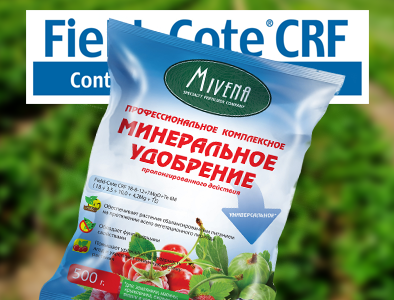The technology of artificial photosynthesis
As we all remember from our school, photosynthesis is the process by
which plants get their energy and building up biomass due to
the absorption of sunlight.
Leading scientists around the world have long been struggling with the problem of artificial photosynthesis.
It turned out that artificially to recreate this process extremely difficult, and until recently progress in this direction practically was not.
But recently, scientists from
Harvard University Daniel Nocera and Pamela silver device
artificial photosynthesis, calling his invention "bionic leaf".
This device is capable of using light energy to break down molecules
water, whereby the microorganisms that feed the resulting hydrogen
process it immediately into liquid fuels.
The total efficiency of this chain of transformations is much higher than the efficiency of the process of natural photosynthesis.
"We managed to create a system of this artificial photosynthesis," says Daniel Nocera, - "Before, scientists called this term the process of splitting water into the oxygen and hydrogen. Our process goes further up to the synthesis stage combustible organic compounds, it is more close to natural process, but much superior to his from the point of view of efficiency convert".
New developments have given impetus to create a new system that is able to convert solar the chemical energy contained in organic compounds. The energy conversion efficiency in this case is 10%, in the time that the fastest-growing plants convert the energy in biomass with an efficiency of about 1-2%.
The direction is so promising, scientists still have enough maneuvering space to side increase the efficiency of the developed system. This is confirmed by even at the primary level, the efficiency of the system can be used for practical purposes, providing a positive balance with the economic point of view.
"To obtain high performance we have developed and manufactured a new type of catalyst based on the compounds phosphorus and alloys of cobalt," says Daniel Nocera, - "Such a catalyst provides an offset of some electrochemical potentials. And because of this we were able to significantly lower the voltage at which the process of fotovitrina (splitting of water under exposed to light) starts to go with maximum efficiency".
The system, developed by scientists, which called "bionic sheet 2.0" – a more progressive version than the initial model could be easily adapted to to produce molecules of organic carbon compounds almost any length. However, in order for the system becomes completely viable, scientists will need to find a replacement zinc alloy molybdenum and Nickel which is used in the catalyst cells. Under the influence of the alloy molecules to ozone and other forms of oxygen, which destroy the DNA of microorganisms, working in processing of hydrogen and carbon dioxide into organic compounds.










